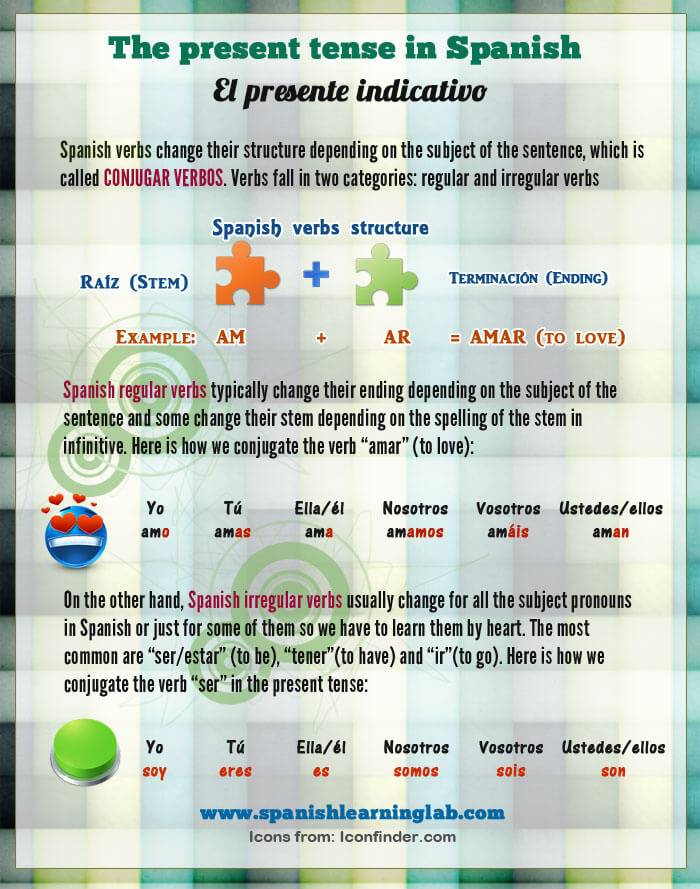

Knowing most frequently used verbs in Spanish will help you communicate in most common situations.īased on an analysis of a lot of Spanish texts, Mark Davies, the author of “ A Frequency Dictionary of Spanish.

Whether you’re talking to a new Spanish amigo about your favorite film, or are ordering a café con leche, you’re trying to achieve a specific goal -pass information to another speaker to complete a transaction or build a connection. Language is about communicating thoughts and desires. This is what helps you find your way in a language quickly, even in new situations.
#List of english irregular verbs with spanish translation how to#
What Are The Most Commonly Used Verbs in Spanish?Ī lot of beginner learners cram new verbs, thinking the more they learn, the easier it will be to speak.įluency is more about knowing how to say the most common phrases with confidence. All of them have irregular forms both in English and in Spanish. For example, verbs that are used very frequently, or those that describe simple actions, such as to be, to go, to speak. There are specific types of verbs that tend to behave in an irregular way. In order to preserve specific pronunciation, we need to change the spelling.

Well, we don’t really need them… They just happen. The exceptions can happen in most languages. The words and forms used most often, change the quickest and are prone to developing irregularities. Languages evolve depending on how speakers use them. The truth is…no one designs the language in any planned fashion. Namely, that most- if not all! -languages of the world come with both many clear rules and…exceptions to those rules. Whether Spanish is the first new language you’re learning or one in the line of many, you might have noticed a certain peculiarity. Why Do We Need to Learn Irregular Verbs in Spanish? There are some easy tricks to overcome this challenge. Irregular verbs in Spanish aren’t as hard as they seem. Now say tiene.When you go to Spain, these15 most commonly used irregular verbs in Spanish can help you get through the most important life situations.


 0 kommentar(er)
0 kommentar(er)
